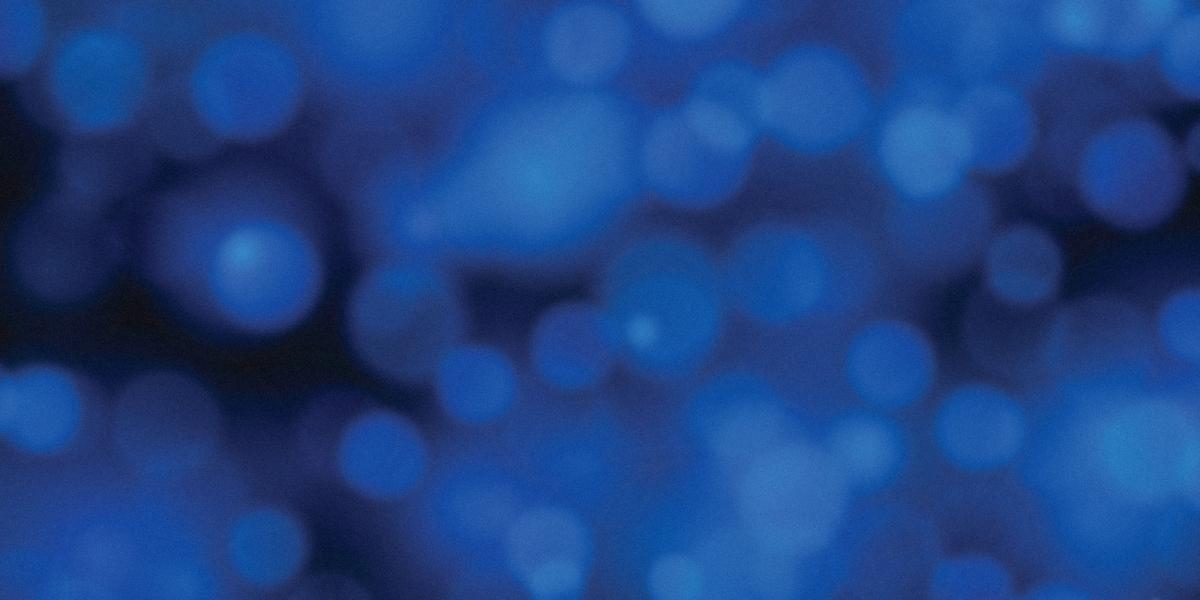Water Farming
If Dave Love has his way, we'll all be eating Swiss chard and cucumbers fertilized by fish rather than by synthetic chemicals.
In the summer of 2012, Love, PhD, an assistant scientist in the Bloomberg School's Center for a Livable Future, finished constructing an experimental aquaponics greenhouse at Baltimore's Cylburn Arboretum. It uses a combination of aquaculture (fish farming) and hydroponics (soilless plant farming). The project demonstrates how such a system could be employed for raising crops and fish in an economically and ecologically sound way.
In the 1,200-square-foot greenhouse, tilapia swim in fish tanks while edible plants are raised hydroponically in nearby tanks. The 4,000-gallon system circulates water from tilapia, to plants and back. The plants scrub excess nutrients from the water, cleaning it for the fish.
"Aquaponics combines multiple species at different levels of the food chain, and that's really exciting," says Love, whose team sells whatever it harvests through city farmers' markets. "That's how I think agriculture should work. It's mimicking natural systems, and if we can replicate that in a controlled environment-the greenhouse-then we're doing a good thing."
He also has been working with PhD candidate and CLF Lerner Fellow Ben Davis on a project that examines the relationship between land use, water quality and oyster food safety in the Chesapeake Bay. Davis, the recipient of the first Aquaculture, Public Health and the Environment Research Grant from CLF, has been collecting data on water contaminants, oyster diseases and land use throughout the Bay to create an accessible geographic information system (GIS).
As more aquaculture businesses sprout along the Bay, the water quality where aquafarms are sited becomes an issue that could affect public health. "The reason we're interested in food safety from an ecological respect is that oysters filter the water and store what they filter," says Davis, who notes that elevated levels of bacteria, like fecal coliform from farm runoff, have been measured in some areas of the Chesapeake. "If there's anything we don't want to have in the water, we probably don't want it in the oysters."
"Scientists have long studied the epidemiology of oyster-borne diseases," says Love, "but Ben brings a new perspective and mapping tools to answer the question: What makes an oyster safe to farm and eat?"
